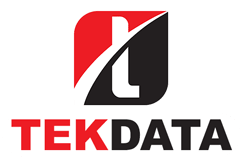
Fiber-to-the-home is represented by a passive optical network (PON) that connects a subscriber’s home network to a central office. An FTTH link consists of a single mode fiber (drop cable) that exits a transmitter/receiver (optical network terminal or ONT) installed at the subscriber’s premises. The drop cable passes through at least one local PON splitter. The splitter then connects to the optical line terminal (OLT) at a central office via a multifiber cable (feeder).
Advantages of FTTH:
• Reduce the cost of network maintenance equipment
• Responsive to future needs
• High reliability and security
• Ability to transfer all services on a broadband route at speeds greater than 100 Mbps to 1 Gbps per user
All types of FTTH services offered:
Voice and video phone
Distance Learning
Providing monitoring and protection services, CCTV cameras and image transfer
Cloud storage (no need to store large files on PCs and save on servers)
Generate content and network games
E-Shopping
HDTV
online games
Intelligent home management
Increasing value-added services and creating new business opportunities
No environmental impact and no electromagnetic interference
TEKDATA Services in the FTTx Area:
Consulting of setting up a FTTx platform
Designing the required substrate and estimating the equipment to be commissioned
Supply of equipment for project implementation
Launch infrastructure and fiber communication platform in all environments with the latest technology
Provide all active devices such as ONU and OLT with European and Chinese brand names
Maintenance of fiber optic bed and troubleshooting system
